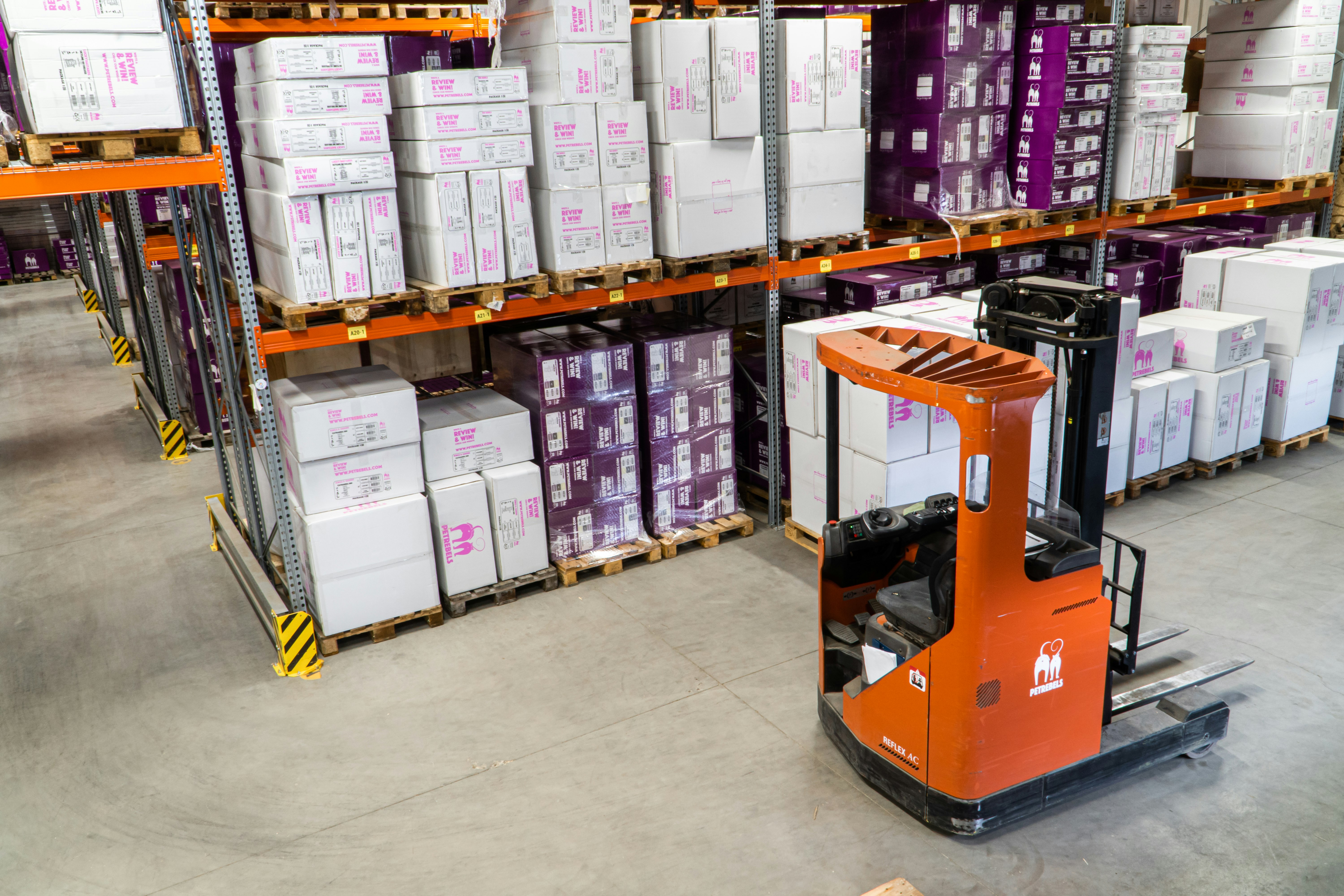- Work on strategies with key suppliers
Unreliable suppliers are a big challenge to the supply chain. If you cannot rely on your existing supplier to deliver inventory in time and in the right condition, you may find it difficult to fulfill customer orders during holidays. This can also dent your operations, especially during critical moments when tight timeframes occur. Therefore, it is a good idea to connect with key suppliers to develop relationships and understand the opportunities and constraints within your suppliers' business. This can be achieved by working closely with your key suppliers. The meeting will clarify expectations and standards and create relationships that will make it easy to solve future problems.
- Create buffers in supply chains
Placing buffers strategically can help your organization absorb the impact of the possible delays that sometimes occur unexpectedly. The buffers that will help your business include:
- Inventory buffers: Keeping safety stock to protect against delays and demand surges
- Time buffer: Ensuring materials arrive before demand to protect customers from late delivery
- Capacity buffer: Leveraging underutilized space such as production facilities and warehouses.
- Diversify your manufacturing and sourcing
As learned from COVID-19 and lessons from changing geopolitics, it is becoming clear that relying on a single source for products is risky. This was seen in the natural disasters that affected Thailand and Japan in 2011, preventing cars from being shipped overseas. From this, we can all learn that diversifying your sourcing network (multi-sourcing) starts with categorizing your suppliers based on the current cost and financial impact if that supplier or partner cannot fulfill the orders. You can then find new relationships and suppliers that have the capabilities to meet your demands from diverse locations.
- Invest in demand forecasting
Failing to forecast demand correctly is one of the mistakes many companies commit, leaving a bad taste in the mouths of the customers. As opposed to using guesswork or feelings, demand forecasting requires that you use data to gauge the demand for certain materials from the customers ahead of time. This will allow you to prepare in advance so you are not caught off-guard when it matters most. Accurately forecasting demands improves your ability to stock products, deliver products, cut costs and enhances customer satisfaction. You can predict demand in various ways, such as through customer surveys, social media monitoring, reviewing historical data and trends and seeking advice from consultants.
- Invest in technology
A serious organization should never use spreadsheets or other manual methods to manage its procurement. These methods are prone to error and are a source of confusion, making it difficult to carry out your duties well. Therefore, you must adopt technology to monitor stock levels and integrate technology into vendor processes.
- Standardize your supply chain processes.
Any company would want to be consistent in operations, which starts with keeping supply chain operations dependable. This is especially true if your suppliers and manufacturers are scattered worldwide. To help in standardization, you can take advantage of platforms or product templates to enhance production speed and adherence to regulations.




















